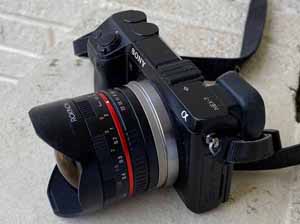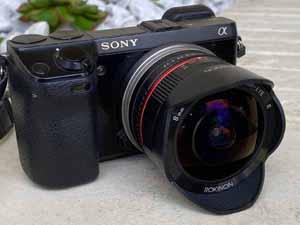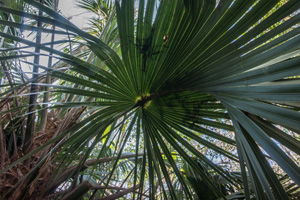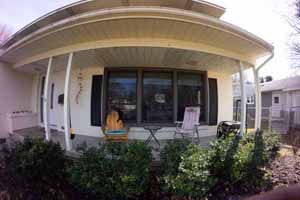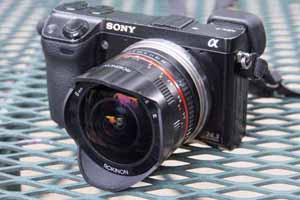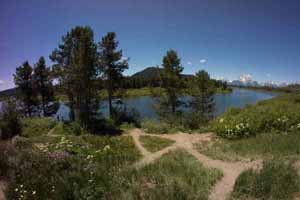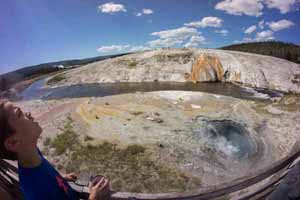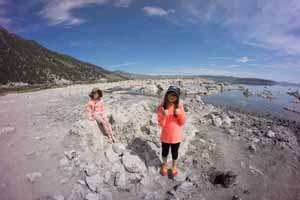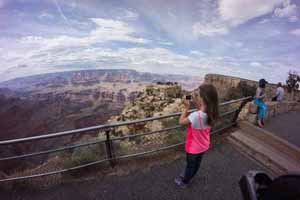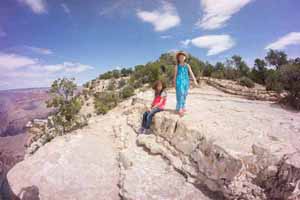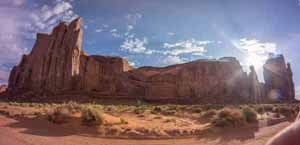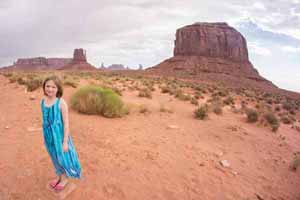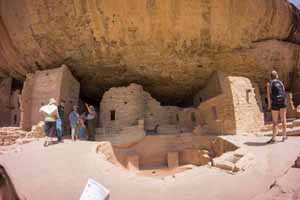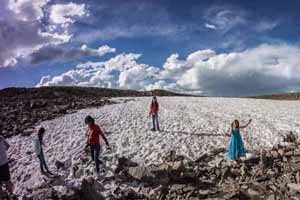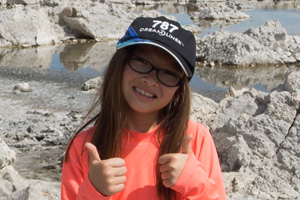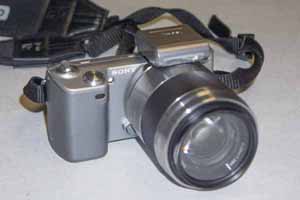Online Magazine
Recent Posts
- Safeguard your Cellphone Photos
- Black & White to Color – Instantly
- Wearing Many Hats
- Video Roundup
- Rescuing Your Blurry Pictures
- Showing Their Age
- What is Your Angle?
- Panorama Photos
- Humorous Photos
- Close Ups
- Fisheye Pictures
- Photo Antiquities
- Printing Big
- Appreciating Scale
- Celebrity Sightings
Tags
More Places to Go
- Free "How-To" Books “How To” books for popular cameras 0
- Vist Us on Facebook keep in touch with us on Facebook 2
Archives
- July 2023 (1)
- March 2023 (2)
- February 2023 (1)
- December 2022 (1)
- October 2022 (1)
- September 2022 (8)
- August 2022 (9)
- July 2022 (1)
- June 2022 (1)
- June 2021 (1)
- May 2021 (1)
- March 2021 (5)
- February 2021 (4)
- January 2021 (2)
- April 2019 (1)
- March 2019 (1)
- February 2019 (1)
- October 2018 (2)
- April 2018 (1)
- March 2018 (4)
- February 2018 (1)
- November 2017 (1)
- August 2017 (1)
- June 2017 (1)
- April 2017 (1)
- March 2017 (5)
- February 2017 (2)
- January 2017 (1)
- October 2016 (1)
- September 2016 (1)
- August 2016 (1)
- July 2016 (1)
- May 2016 (1)
- April 2016 (1)
- March 2016 (2)
- February 2016 (1)
- January 2016 (2)
- December 2015 (1)
- November 2015 (1)
- October 2015 (3)
- April 2015 (1)
- March 2015 (5)
- February 2015 (1)
- January 2015 (4)
- December 2014 (2)
- November 2014 (5)
- October 2014 (2)
- September 2014 (1)
- August 2014 (2)
- July 2014 (1)
- May 2014 (1)
- April 2014 (5)
- March 2014 (5)
- December 2013 (2)
- November 2013 (18)
- October 2013 (1)
- September 2013 (1)
- August 2013 (1)
- July 2013 (1)
- June 2013 (3)
- May 2013 (1)
- April 2013 (2)
- March 2013 (1)
- February 2013 (1)
- January 2013 (1)
- December 2012 (1)
- November 2012 (2)
- October 2012 (2)
- September 2012 (5)
- August 2012 (2)
- July 2012 (1)
- June 2012 (1)
- May 2012 (1)
- April 2012 (4)
- March 2012 (1)
- February 2012 (1)
- January 2012 (3)
- December 2011 (1)
- November 2011 (3)
- October 2011 (1)
- September 2011 (2)
- August 2011 (2)
- June 2011 (3)
- May 2011 (4)
- April 2011 (8)
- March 2011 (8)
- February 2011 (10)
- January 2011 (6)
- December 2010 (11)
- November 2010 (14)
- October 2010 (6)
- September 2010 (12)
- August 2010 (2)
- July 2010 (4)
- June 2010 (3)
- May 2010 (1)
- April 2010 (1)
- March 2010 (2)
- February 2010 (1)
- January 2010 (1)
- December 2009 (1)
- November 2009 (2)
- October 2009 (2)
- September 2009 (1)
- August 2009 (3)
- July 2009 (2)
- June 2009 (1)
- May 2009 (2)
- April 2009 (1)
- March 2009 (2)
- February 2009 (1)
- January 2009 (3)
Fisheye On The Cheap
14th March 2021
A few years ago I upgraded from a Sony NEX7 to the newer Alpha 6000.
The A6000 became my everyday walk around camera. But I didn’t want to let the NEX7 collect dust, nor did I want to spend a lot more investing in more glass.
The one drawback is that this lens is manual aperture control and manual focus but I decided that I could live with these limitations.
The compact size of this camera/lens combination makes it a great way to have a tag along camera and use it for the wide views without having to change lenses.
For many excursions, I carrythree cameras: this fisheye combo, a second with a long lens telephoto (80-400mm) for wildlife and a third with a medium zoom (24mm to 200mm) – all without breaking my back with the weight. In the case of the 8mm fisheye lens, I have a winner at a very decent price.
Having done a little looking around, I know that there are other inexpensive fisheye lenses available for all of the major brand cameras. If you too like the interesting effects that the come from the ultra curved lens surface you’ll be able to find a fisheye to add to your camera bag.
What a View
27th August 2014
Wide Angle to the Extreme
It’s eye-catching when I see a photo that “bends” the horizon.
This bend comes from the camera’s lens. Use a very wide angle lens and you’ll see the curved “barrel” distortion on the images. One well-known type of wide angle lenses is the fisheye. These lenses typically have a field of view approaching 180 degrees – allowing you to capture the entire scene in front of the camera.
Until recently, fisheye lenses were expensive. I have one that cost well over $1500. But when I was looking for an ultra-wide angle for my Sony equipment, I found an inexpensive lens made by Rokinon. With its $300 price tag, I was a little skeptical of the quality of images from such a low cost lens but decided to try it regardless.
Here’s a short gallery of some of the scenes that I captured during my first outing with the lens a few weeks ago.
After my short time with this lens, I am no longer skeptical of it’s quality. The images are tack sharp with very good color reproduction. If you’re on the lookout for an ultra-wide, include this lens in your search.
The Rokinon 8mm f/2.8 fisheye is also available for other camera models as well: Fuji, Samsung and Canon M mount. Other similar versions with a maximum f/3.5 aperture are available for Canon, Nikon, Sony A mount, Pentax and Olympus 4/3.
Written by: Arnie Lee
Delivering Higher Performance
16th September 2012
to those users who prefer going lightweight
Not long ago, I acquired a mirrorless interchangeable lens camera (MILC) – the Sony NEX5. I’ve found its small size to be very convenient and its light weight easy on my shoulder. But more importantly its picture-taking capabilities and quality of the photos rival those of the other cameras in my equipment inventory.
Having interchangeable lenses is a necessity for most serious photographers. So for many years SLRs and more recently DSLRs fit this bill. On the other hand, a MILC is designed as a compact alternative to a DSLR camera. Their small size is what attracted me to the Sony NEX series.
|
While on vacation for two weeks I used the NEX5. It proved to be a solid performer producing good exposures under a very wide variety of lighting conditions. This model has a 14mp APS-C size sensor, the same size used in many DSLRs and I found it gave me excellent quality images. MILCs are quiet since they lack moving mirrors. The camera’s controls were straight-forward and easy to use. I took advantage of several unique features not found in others such as sweep panorama (in-camera stitching of photos to make a wide panoramic view) and anti-blur (burst of several shots to increase likelihood of non-blurred image) modes and am more than satisifed with the results. |
|
Overall, I am pleased with the addition of the NEX5 to my arsenal of photo equipment. However it lacks two features that one would normally require for professional use:
- Viewfinder – the NEX5 lacks a viewfinder. Relying the LCD for composing is not only slower, but is often difficult in bright sun.
- Flash – the NEX5 has a small, built-in flash. However it lacks a flash shoe, making it difficult to use a standard strobe.

